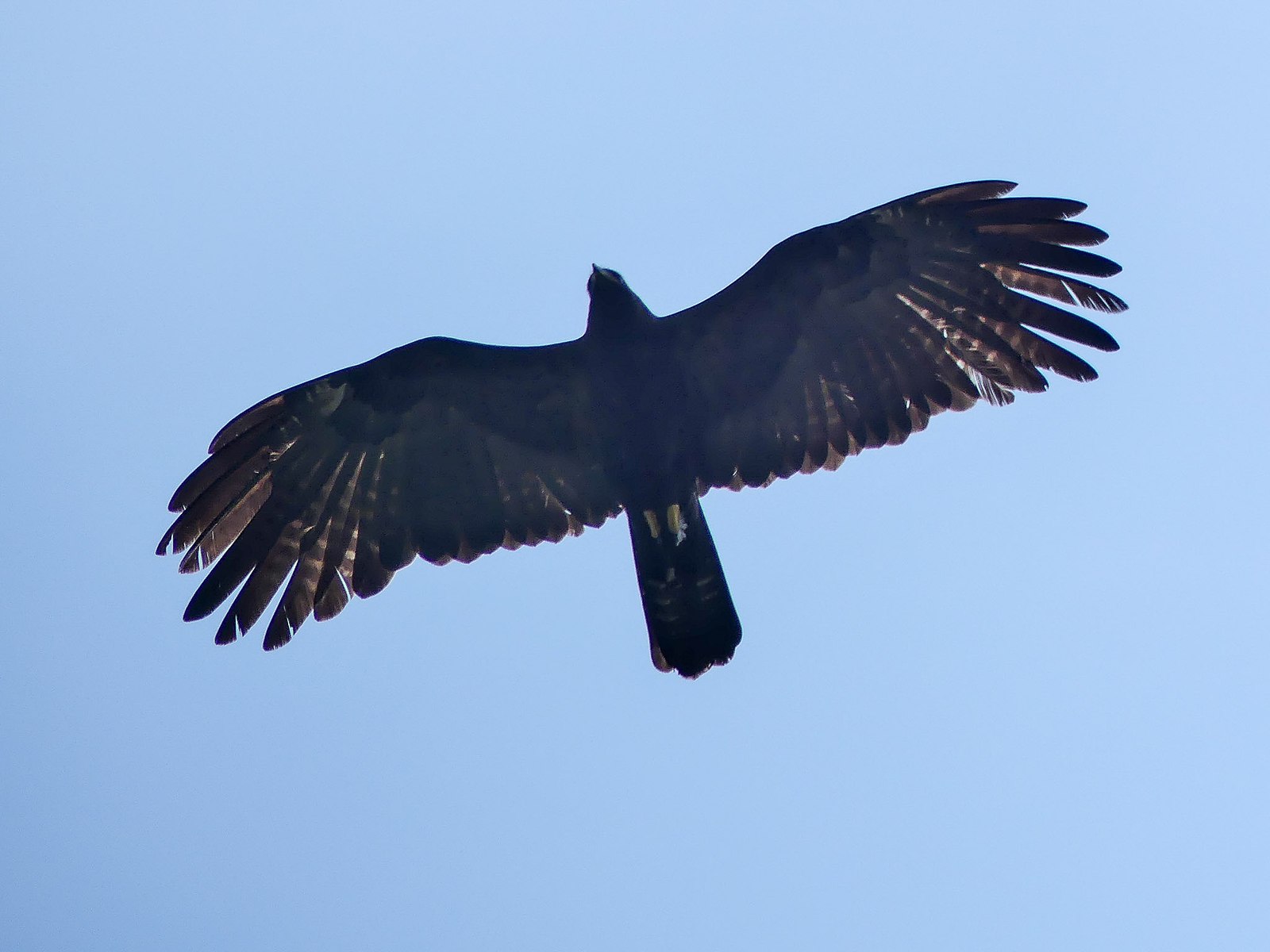Distinguishing between male and female black eagles can be a fascinating and rewarding task for birdwatchers and nature enthusiasts. While these majestic birds may appear similar at first glance, there are several key differences in their size, behavior, and physical characteristics that can help you identify their gender. In this comprehensive blog post, we’ll explore the various ways to tell apart male and female black eagles, providing you with the knowledge and tools to become an expert in this field.
Size Differences
One of the most prominent differences between male and female black eagles is their size. Generally, female black eagles are larger and heavier than their male counterparts. Females typically measure between 35 to 37 inches in body length, while males range from 30 to 34 inches. This size disparity is also reflected in the birds’ wingspans, with females having a broader wingspan compared to males.
In addition to overall body size, the size of specific body parts can also be used to differentiate between the sexes. Females tend to have larger beaks and talons, which are essential for their role in incubating eggs and protecting the nest. These larger features not only contribute to the female’s overall size but also make them the stronger and more dominant sex within the species.
Behavioral Differences
 Image source: Black Eagle by Mike Prince
Image source: Black Eagle by Mike Prince
Behavioral patterns can also provide valuable clues when trying to identify the gender of a black eagle. During the breeding season, females tend to take on a more aggressive and territorial role, fiercely guarding the nest and defending their young. They are often observed engaging in aerial displays and vocalizations to ward off potential threats.
In contrast, male black eagles focus more on hunting and providing food for the family. They are typically less aggressive and more focused on their hunting duties, leaving the nest defense and incubation responsibilities to the females. This division of labor is a common characteristic of many raptor species, including black eagles.
Physical Characteristics
While size and behavior can be reliable indicators, physical characteristics can also help distinguish between male and female black eagles. One such feature is the length and depth of the beak. Females generally have longer and deeper beaks, which are well-suited for tearing and ripping prey, a crucial task during the breeding season.
Another distinguishing physical trait is the length and curvature of the talons. Females tend to have longer, more curved talons, which are essential for grasping and carrying prey, as well as defending the nest. The shape and size of the talons can be observed during close-up encounters or through high-quality photographs.
Contextual Clues
When observing black eagles in the wild, it’s important to consider the context and behavior of the birds to help determine their gender. For example, if you witness a black eagle aggressively defending a nest or feeding young, it’s likely a female. Conversely, if you observe a black eagle focused on hunting and providing food for the family, it’s more likely a male.
Additionally, the presence of a breeding pair can provide valuable clues. By observing the interactions and roles of the two birds, you may be able to infer their gender based on the behavioral patterns described earlier.
Conclusion
Identifying the gender of black eagles can be a rewarding and challenging task, but with a keen eye and an understanding of the key differences between males and females, you can become an expert in this field. By considering size, behavior, physical characteristics, and contextual clues, you can make an educated guess about the gender of a black eagle you encounter. Remember, while these guidelines are generally reliable, there may be some overlap between the sexes, and positive identification may not always be possible without more detailed measurements or genetic testing.
Happy birdwatching and enjoy the thrill of uncovering the secrets of these magnificent birds!
References:
- Decorah Eagles – How to Tell Difference between Mom and Dad (YouTube video)
- Female Eagle – Identification, Lifecycle & Fun Facts (Birdzilla article)
- Difference Between Male & Female Bald Eagles (Pets on Mom.com article)
- Determining Gender in Bald Eagles (SOAR Raptors article)
- Gender Divide in Bald Eagles (The Center for Conservation Biology article)

